Conversational automation makes browsing more human. Businesses can leverage AI to tailor outreach, recognize repeat visitors or ask the right follow-up question on a pricing page, and add excitement to the online experience to keep leads active.
The novelty of automated chat agents at the time of its emergence was possibly its biggest value. A pop-up window in the corner of a website that could offer a few scripted responses to frequent queries rapidly became a valuable solution for businesses to reply to FAQs and reduce the number of calls that come into their support channels.
But the power of conversational automation has increased significantly in recent years, along with the power of AI. Chatbots are no longer just a fad; they are now an integral element of a company’s marketing plan, sales process, and customer experience, not to mention an even more effective tool for customer support and retention.
Here are a few strategies that a modern application of intelligent marketing can boost marketing conversions right away.
Be in control of the funnel
The main goal of marketing is to move potential customers from their initial spark of interest to a transaction. The use of conversational automation can significantly simplify the work of the marketing team.
Also Read: Brand Consistency: Four Key Mistakes that B2B Marketers Make
Traditional techniques like gated content, contact forms, and the like demand significant action from the user and may not accurately collect the data needed to understand the lead. However, an automated chat agent can automatically and quickly understand the user’s needs, ask the right follow-up questions, and give them the necessary information, all while gathering valuable data and information about a potential customer.
Conversational automation actively turns a passive visitor into an engaged consumer. As a result, fewer customers leave, and more customers are found more quickly.
Qualify leads quickly
Response time is crucial to properly qualify leads and move them through the funnel. An automated chatbot that is ready and capable of determining where the visitors are in their journey is a powerful way to convert them into potential customers.
During a brief chat interaction, an intelligent agent can detect the visitor’s position in their journey, answer pertinent queries, offer helpful content, and offer a product demo. The agent can use sophisticated AI to know when to ask a question, what options to present as a response, and when to pass the visitor along to a human for the next step.
Empower support and sales representatives
The human touch will always be required to close a significant deal or maintain customer satisfaction, but these one-on-one interactions are expensive and time-consuming. Imagine only having sales and customer service representatives available when they are truly needed and ready to meet the specific requirements of the potential customer.
With conversational automation, a marketing system can gather information from the prospect, pique their interest with the pertinent information they need, respond to inquiries, and then hand them off to a human agent at the right time. Even the quality of conversations and the various subjects that chat agents can discuss can be continuously improved by sophisticated machine learning algorithms. In this approach, individuals only assist those who truly need them and are willing to receive assistance.
Also Read: B2B Marketing Measurement Metrics that every CMO Should be Aware of
Collect real-time data
A marketing and sales team backed by strong data and analytics is crucial. Even though there are many tools for understanding when and where visitors are lost from a brand’s website or where they’re spending their time, getting that information directly from the source, in real-time, is a game-changer. Additionally, compiling that information from all of the discussions and interactions on the website is extremely important.
Chat agents provide a greater opportunity to identify patterns as they emerge and to understand what questions people are asking and where they need assistance. Additionally, depending on hard data, built-in analytics solutions can make it simple to monitor how particular sites and campaigns enhance customer experience.
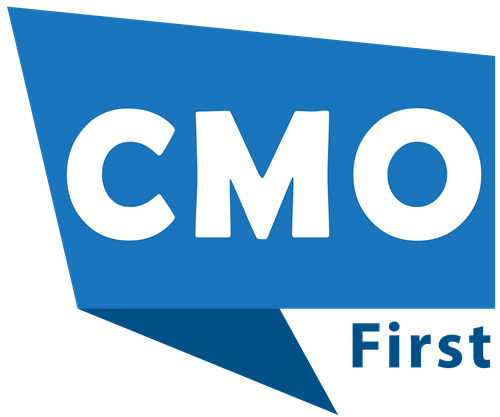





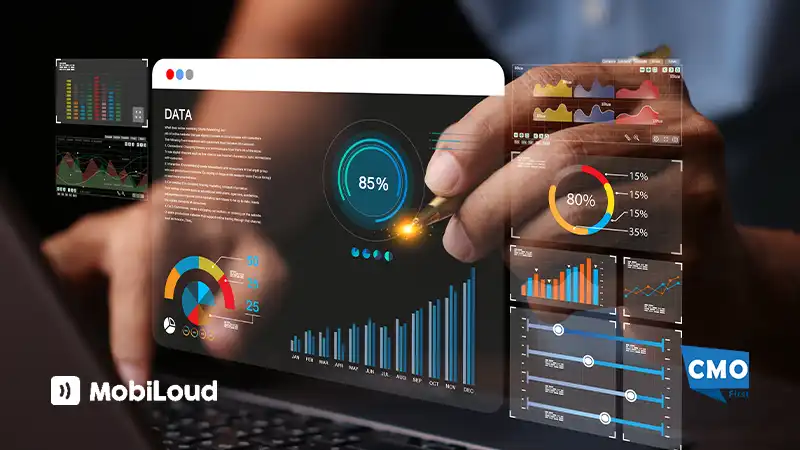


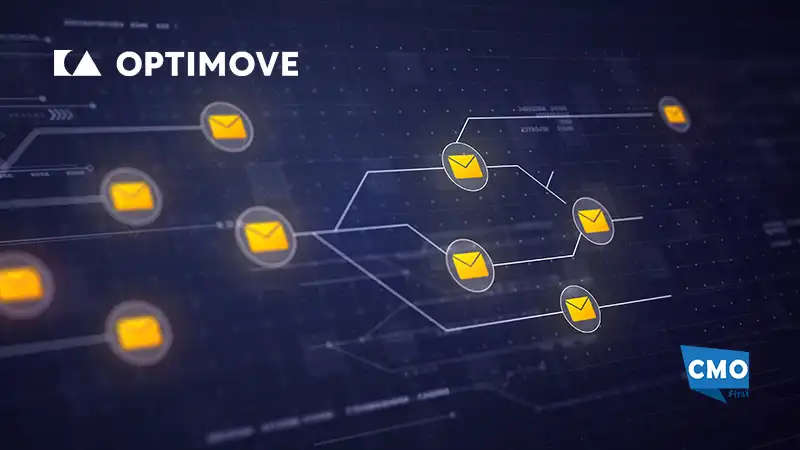



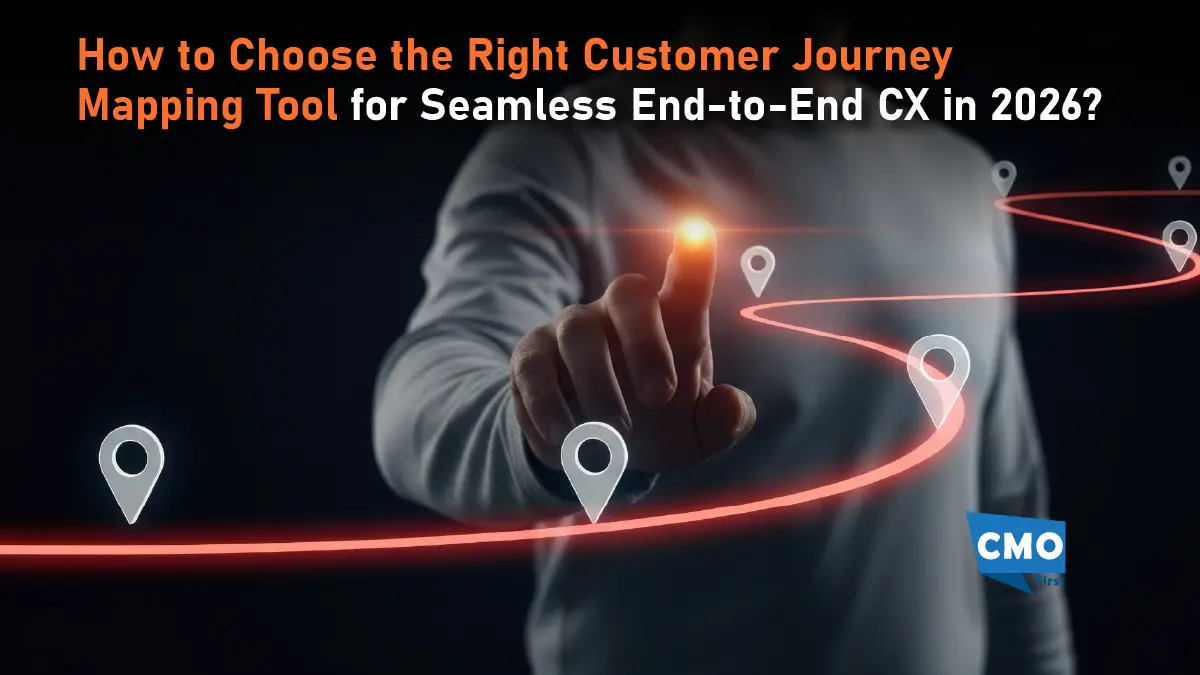

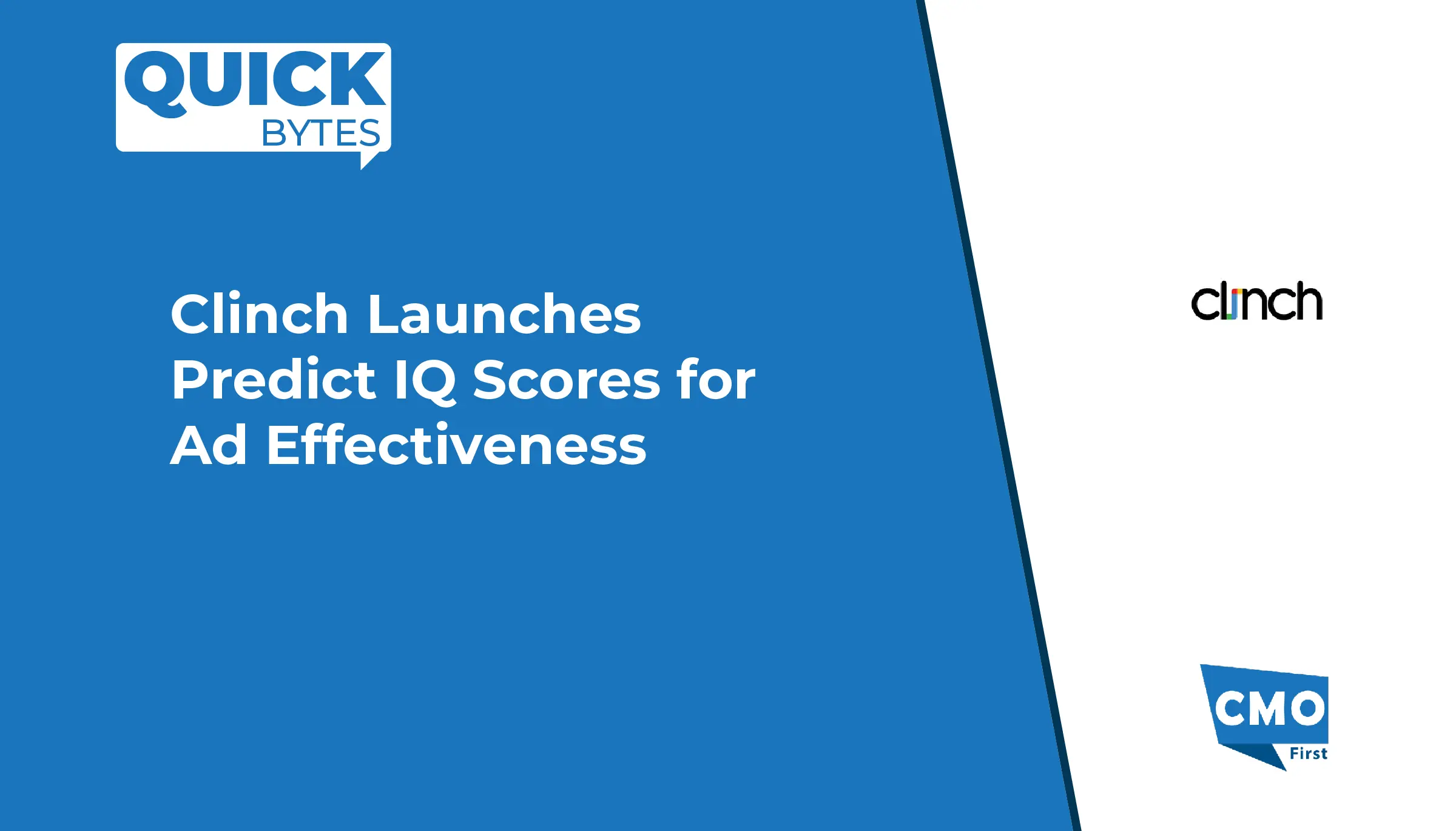

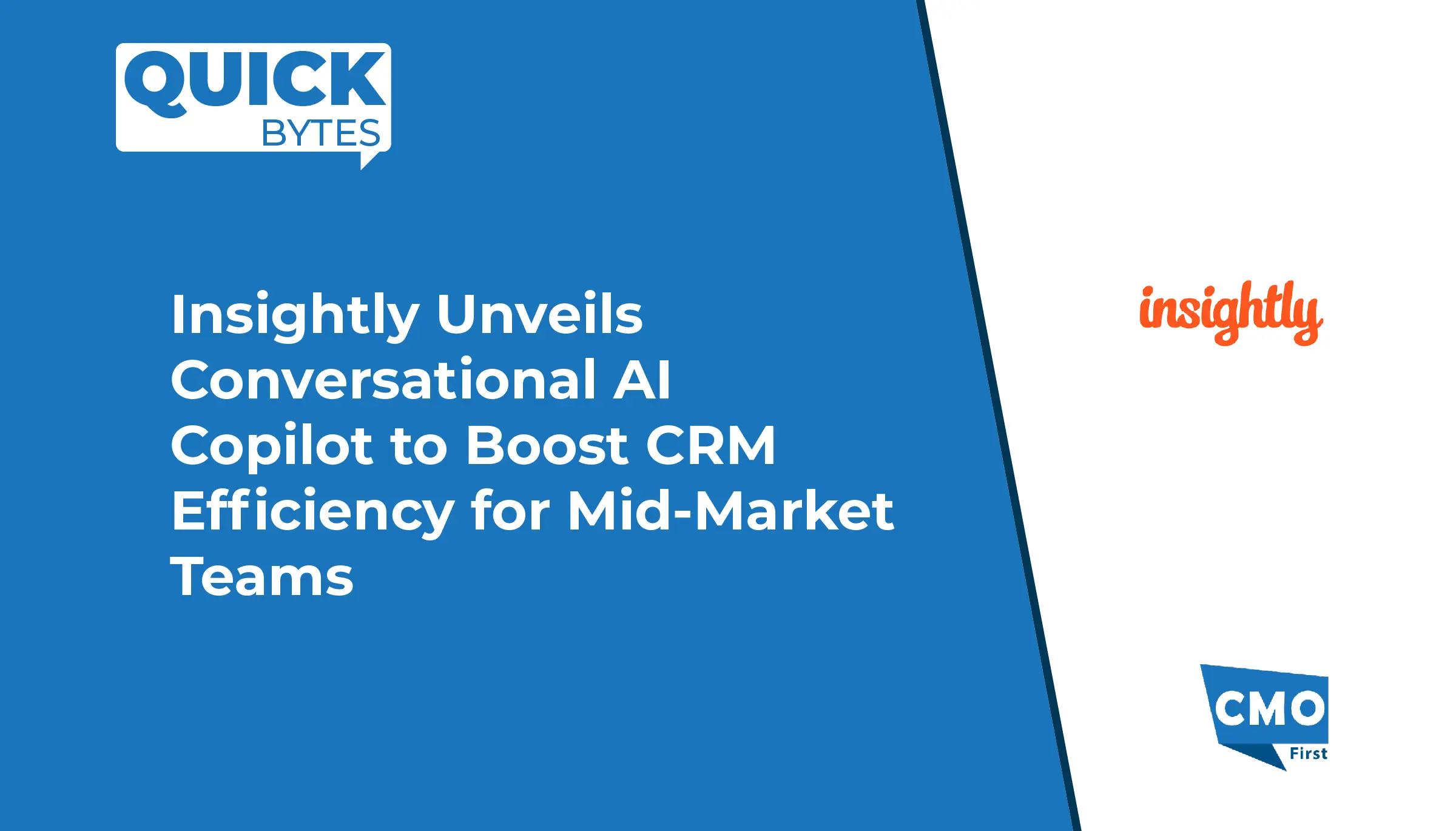

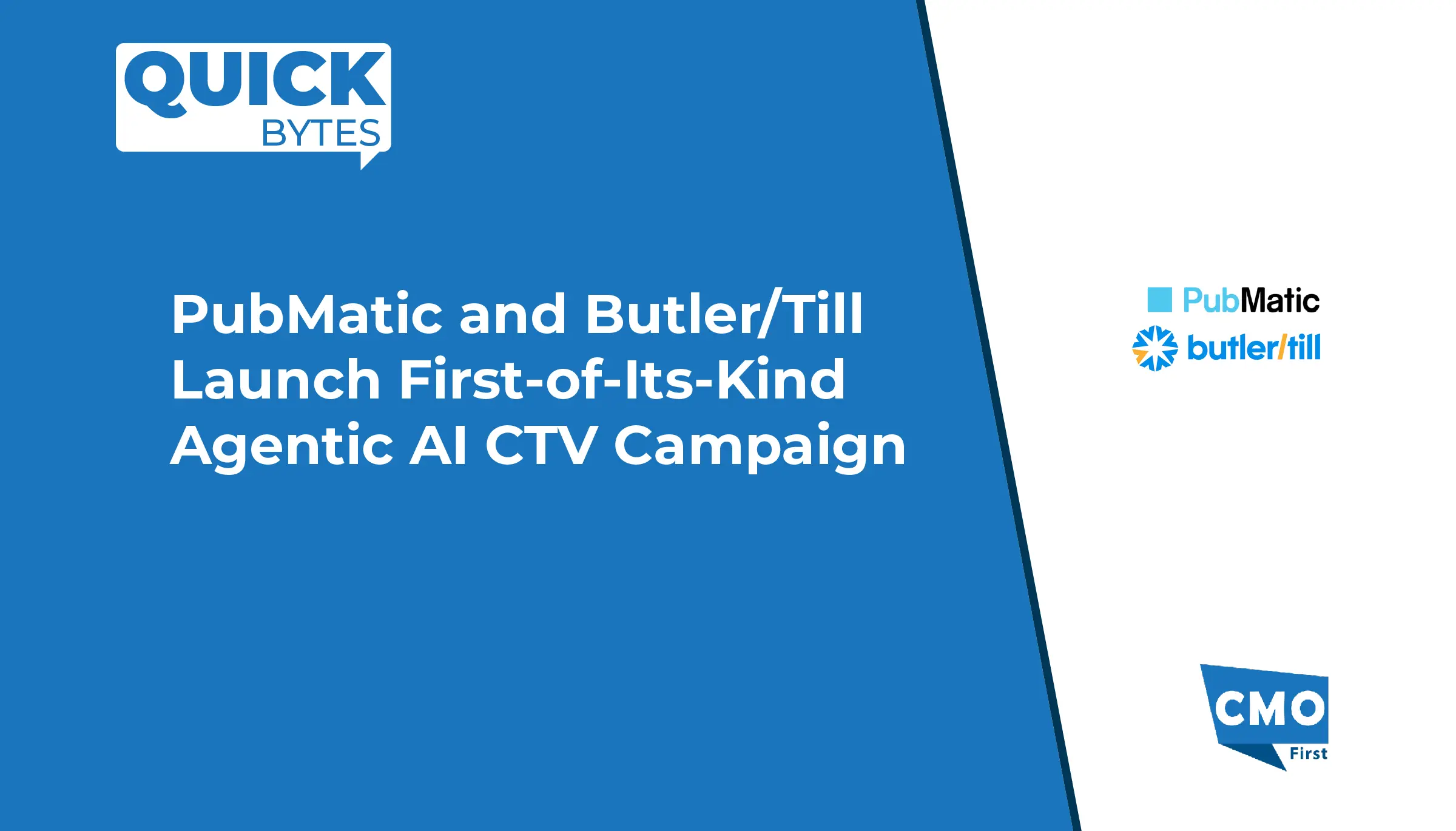




Leave a Reply